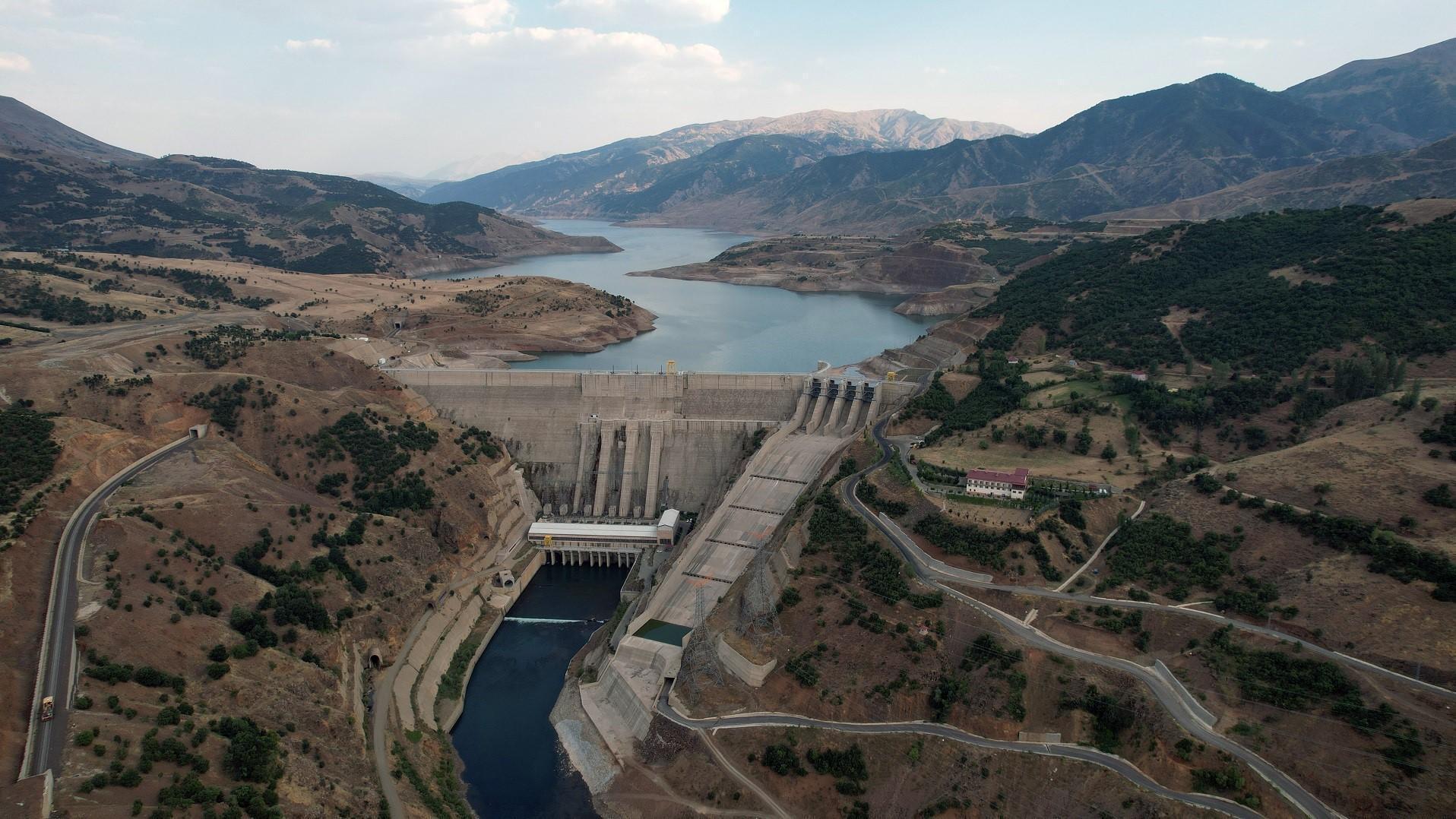Creating knowledge and questioning truth
HATİCE UTKAN ÖZDEN

It is a fact that we are living profoundly according to our values and codes that our societies are built upon, and most of us are building our own truth. However, one may ask, where the truth ends, the post-truth begins or vice versa and how we are influenced by it. No doubt those kinds of questions in the post-truth era are blurry and can change directions just like our thoughts and our need for truthiness, but there is a reality in each question that leads us to answers, and maybe the post-truth era tells us all we need to do is to ask the right questions. In his latest exhibition at Akbank Sanat, curator Marcus Graf shows the viewers how he asked the right questions in contemporary art in the post-truth era.
The exhibition titled, “Regular Insanity,” takes on the concept of knowledge and information through all kinds of media channels within the post-truth concept, to open a new dimension in questioning new ways, as it brings together artists such as Ana Adamovic, Anna Fausshauer, Basim Magdy, Buğra Erol, Fischli and Weiss, Joseph Beuys, Kerem Ozan Bayraktar, Komet, Lars Breuer, Nasan Tur, Özlem Günyol - Mustafa Kunt, Marcus Popp (Oval), Robert Barta, Rudolf Reiber, Serhat Kiraz, Thomas Baldischwyler and Yeşim Uzunöz.
According to Graf, art is a field for knowledge production. “Of course, its processes, methods, conclusions differ from the traditional fields of science, engineering, religion and social sciences. It can produce individualistic, subjective, contradictory and illogical and irrational, even absurd, forms of knowledge in order to question our common forms of knowledge as well as produce alternative forms of knowledge,” he said, adding that instead of giving absolute answers it makes the spectator raise questions.
In “Regular Insanity,” what he tries to do is the same. He makes the viewer raise questions via works he gathered from 18 artists.
While Graf was designing the exhibition, he learned a lot. He said he learned about sexual harassment of women on Facebook, learned about extinguished plants and the absence of their images, learned about the meaning of children choirs and the story of a patriotic song and learned about the simulated reality of NASA.
“All these issues I did not know or realize it before in such a concrete sense,” he said, noting that the artworks opened his eyes. As all the works in the exhibition mediate knowledge or deal with the way knowledge is constructed, communicated and perceived, the artworks also open a new way of understanding and evaluating knowledge as we know it.
Once again, the viewer faces his or her truthiness. On the other hand, this comes as no surprise as Graf’s curatorial practice always focuses on raising questions and being curious.
According to the curator, the post-truth concept is the mutated outcome of the Post-Postmodern Era mixed up with Wild Capitalism and an overwhelming Digital / Visual / Pop Culture.
“When you take Postmodernism’s slogan ‘Anything Goes’ and its celebration of eclecticism, pluralism and heterogeneity literally and seriously, and then know about the theories of radical constructivism and hyperrealism, post truth does not seem so new anymore,” he said.
As he tries to infuse these ideas onto artworks in the exhibition, he lets the viewer face new theories, new knowledge and information codes flowing through the internet and on different media channels. However, in the end, as a curatorial question he makes the viewer aware of only one thing: When all images and knowledge around us fluctuate and become unreliable, how do we know what is true, what is right and what will lead me to an ethical, humanistic, sustainable and happy way of living?
For Graf, visual artists can produce knowledge that goes beyond populist and propagandistic forms of knowledge. Even more important, artists can reveal the ontological structures of how knowledge is produced, and this leads the audience to a critical form of knowledge reception. “Regular Insanity,” by its name proves this approach. Graf wants us to question our environment within knowledge. As everything becomes more and more unreliable, the real question of truthiness raised in the exhibition.
The works in the exhibition spread into multi-layered creativity of artists, and the curator that goes along very well with each other. On one hand, aesthetics and formal beauty combines with intellectual content, and on the other, data (as we know it) is questioned again and again within a conceptual approach.
“Regular Insanity” continues until Jan, 11, 2020 at Akbank Sanat in Istanbul’s Beyoğlu district.
















